Astronomers have discovered a long stellar stream extending from the galaxy Messier 61, a finding that may rewrite its history. The stream, which was not previously known, suggests that the galaxy once tore apart a much smaller one. This is the first stellar stream detected from the Vera C. Rubin Observatory, a facility that has just begun to deliver on its promise to rewrite cosmic history.
According to Sarah Pearson, an astrophysicist at the University of Copenhagen, the discovery is a significant one. "This is just a precursor for all of the many, many features we will find like this," she said. The authors of the study reported their findings in the Research Notes of the American Astronomical Society.
The galaxy Messier 61 was first spotted in 1779 in the Virgo Cluster of galaxies and has been a subject of interest for astronomers ever since. It is known for hosting a slew of supernovae and churning out new stars at a surprisingly high rate. The discovery of the stellar stream suggests that the galaxy's history may be more complex than previously thought.
The Vera C. Rubin Observatory, which is located in Chile, is a state-of-the-art facility that is equipped with a colossal camera. Although it has not yet begun its official scientific survey, it has already begun to deliver on its promise to rewrite cosmic history. The observatory's camera has captured a wealth of data, including the discovery of the stellar stream.
The implications of this discovery are significant. It suggests that galaxies are not static objects, but rather dynamic systems that are constantly evolving. This has important implications for our understanding of the universe and its history. It also highlights the importance of continued investment in astronomy and the study of the cosmos.
The study's authors are excited about the potential for future discoveries. "The Vera C. Rubin Observatory is just beginning to scratch the surface of what it can do," said Pearson. "We are confident that it will continue to deliver on its promise to rewrite cosmic history."
The Vera C. Rubin Observatory is expected to continue to produce new and exciting discoveries in the coming months and years. As it begins its official scientific survey, astronomers will be able to explore the universe in greater detail than ever before. The discovery of the stellar stream is just the beginning of what promises to be a new era in astronomy.
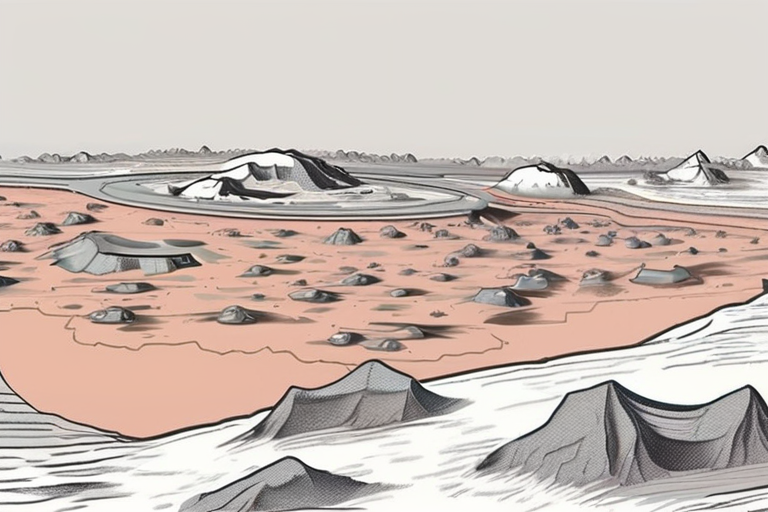



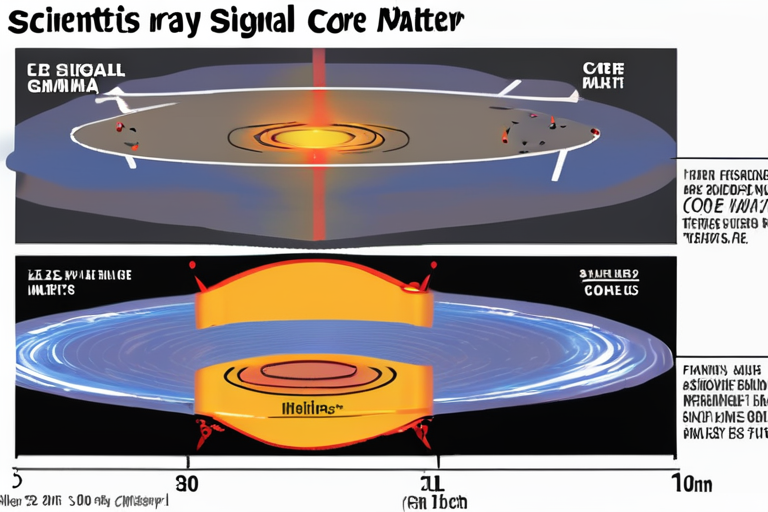
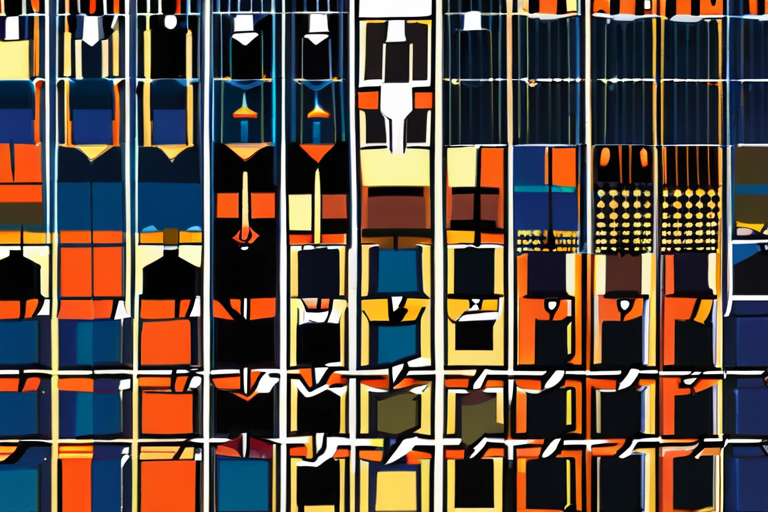

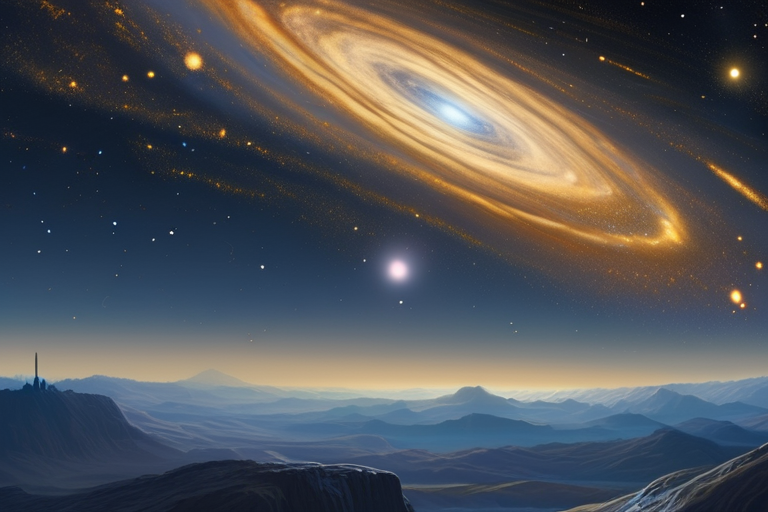

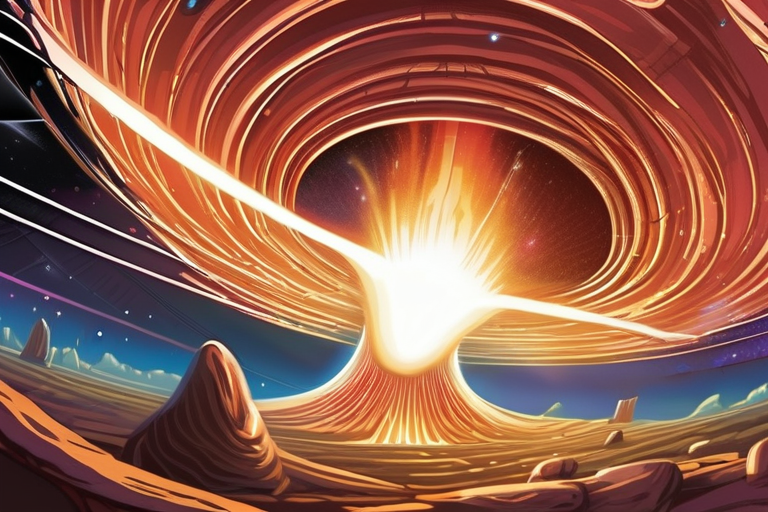

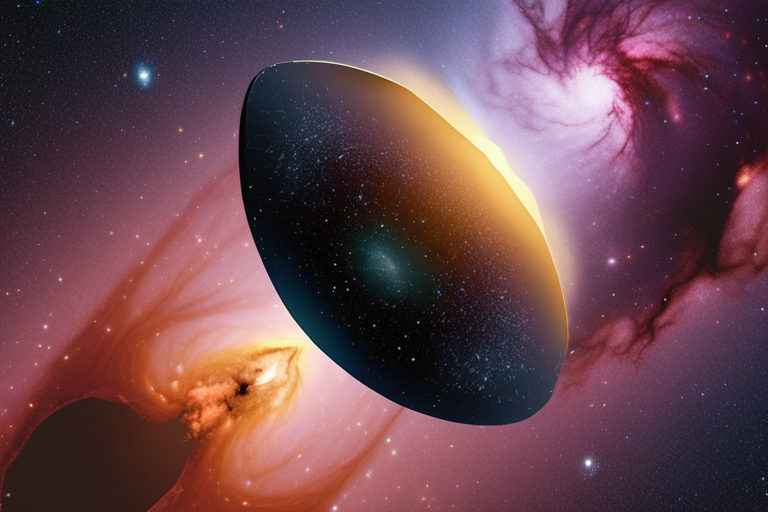
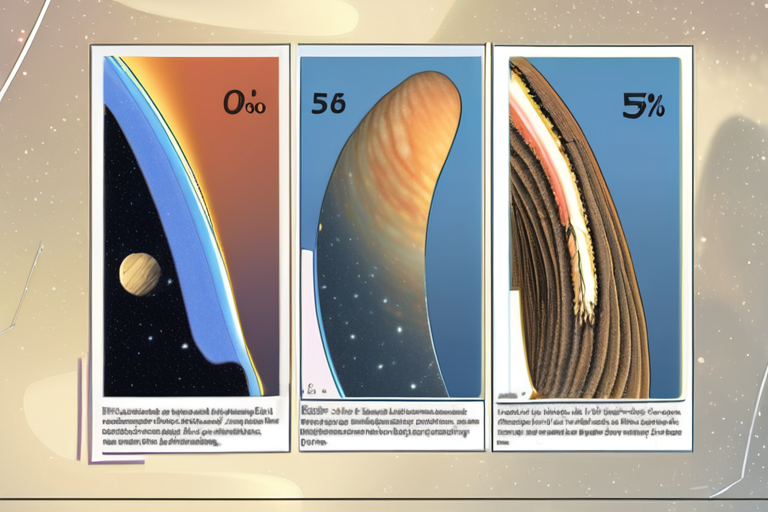
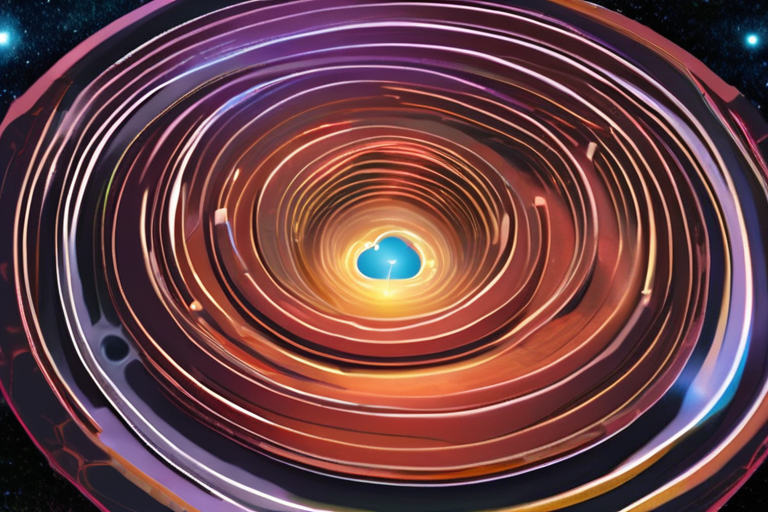
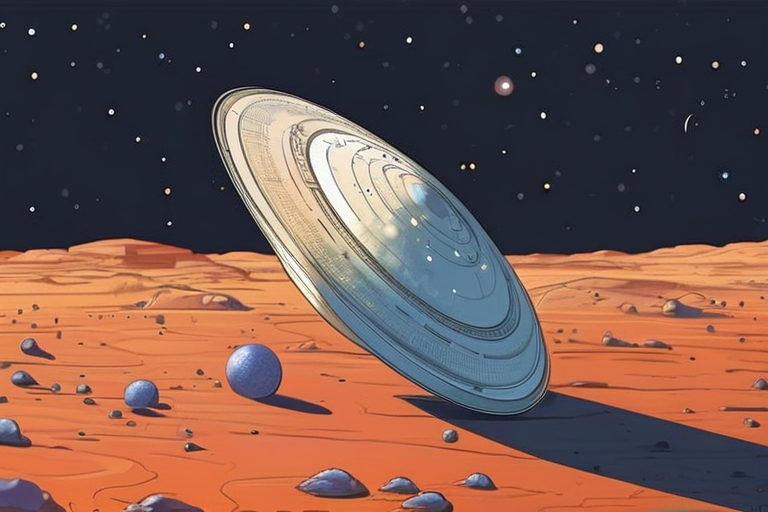
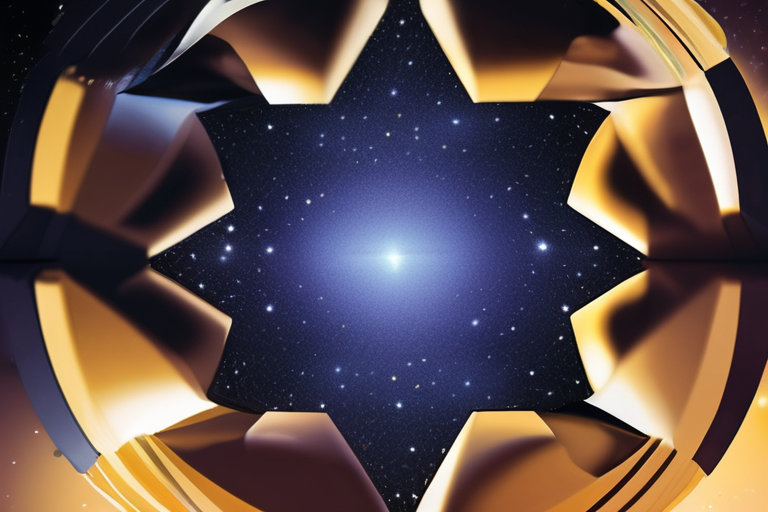

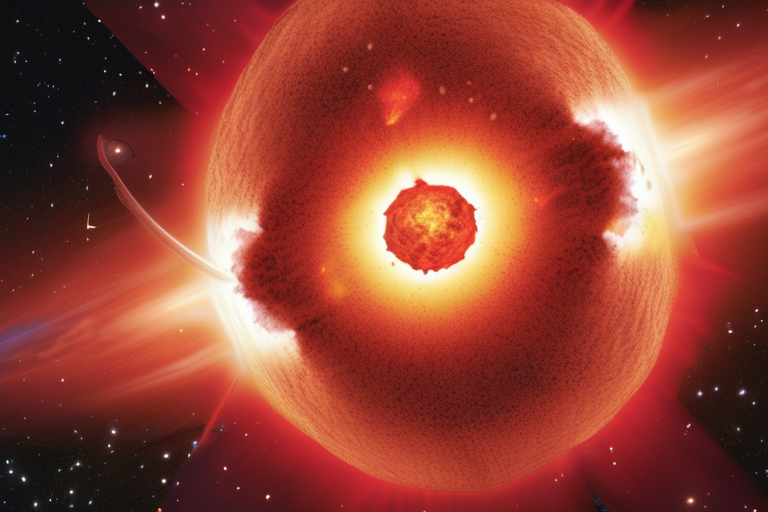
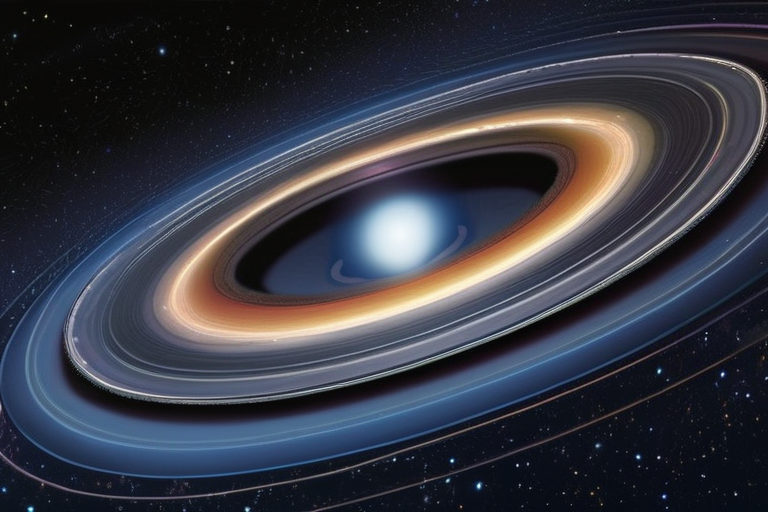
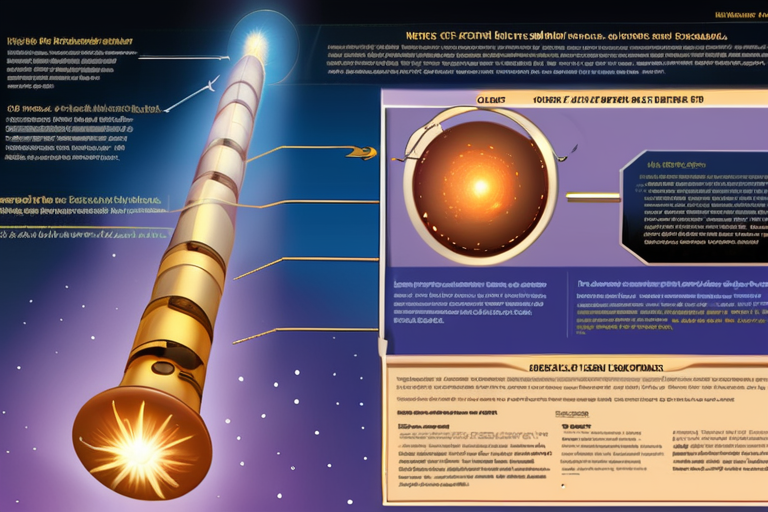
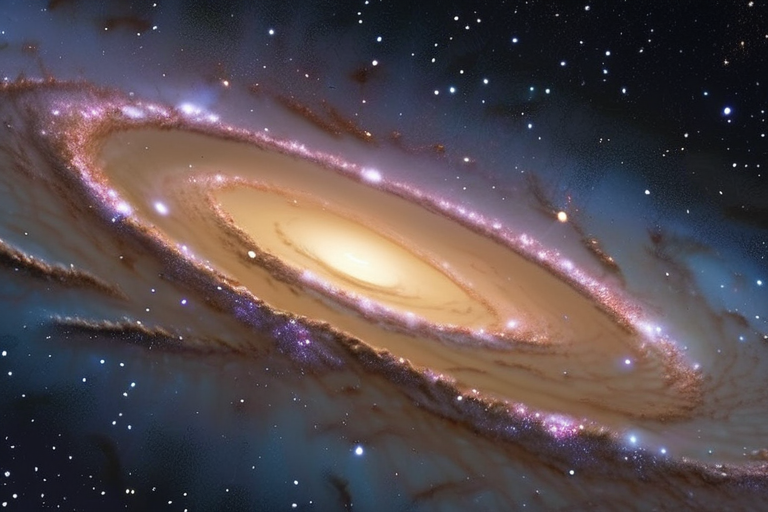

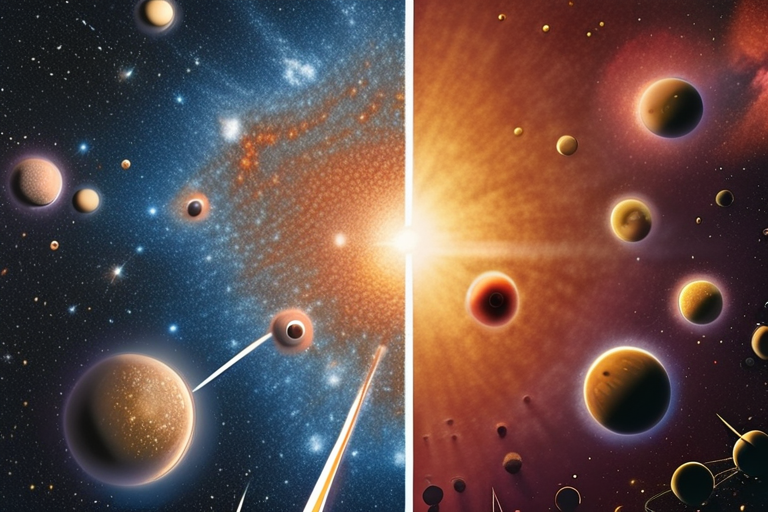


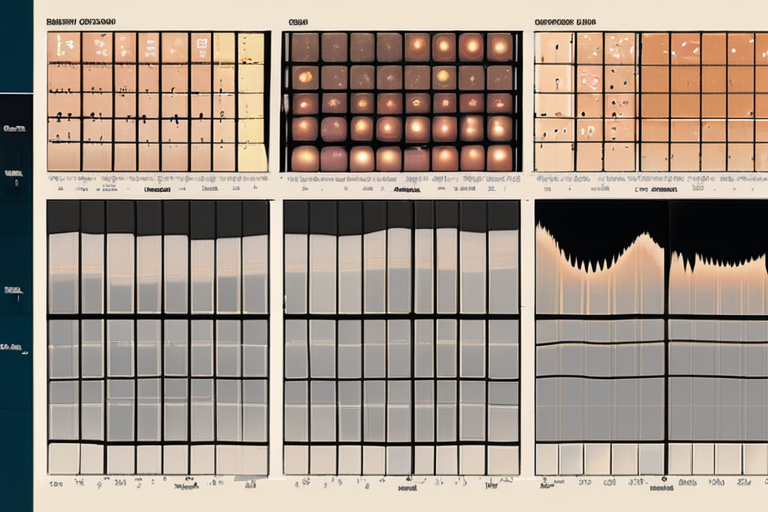
Share & Engage Share
Share this article